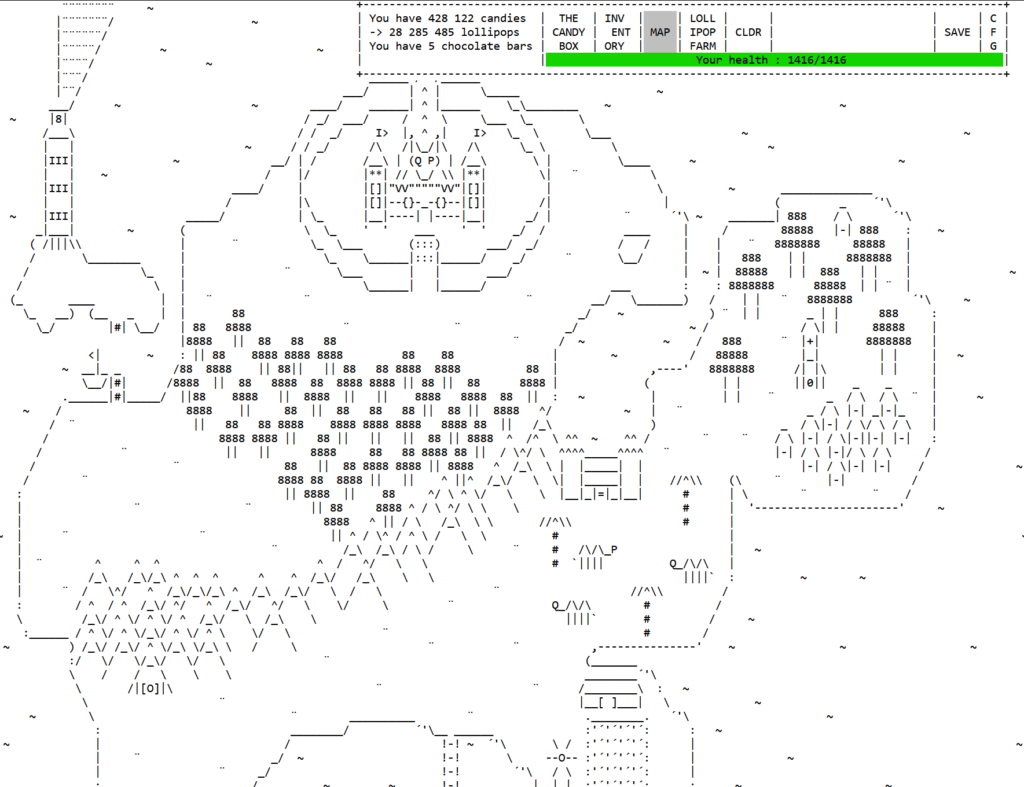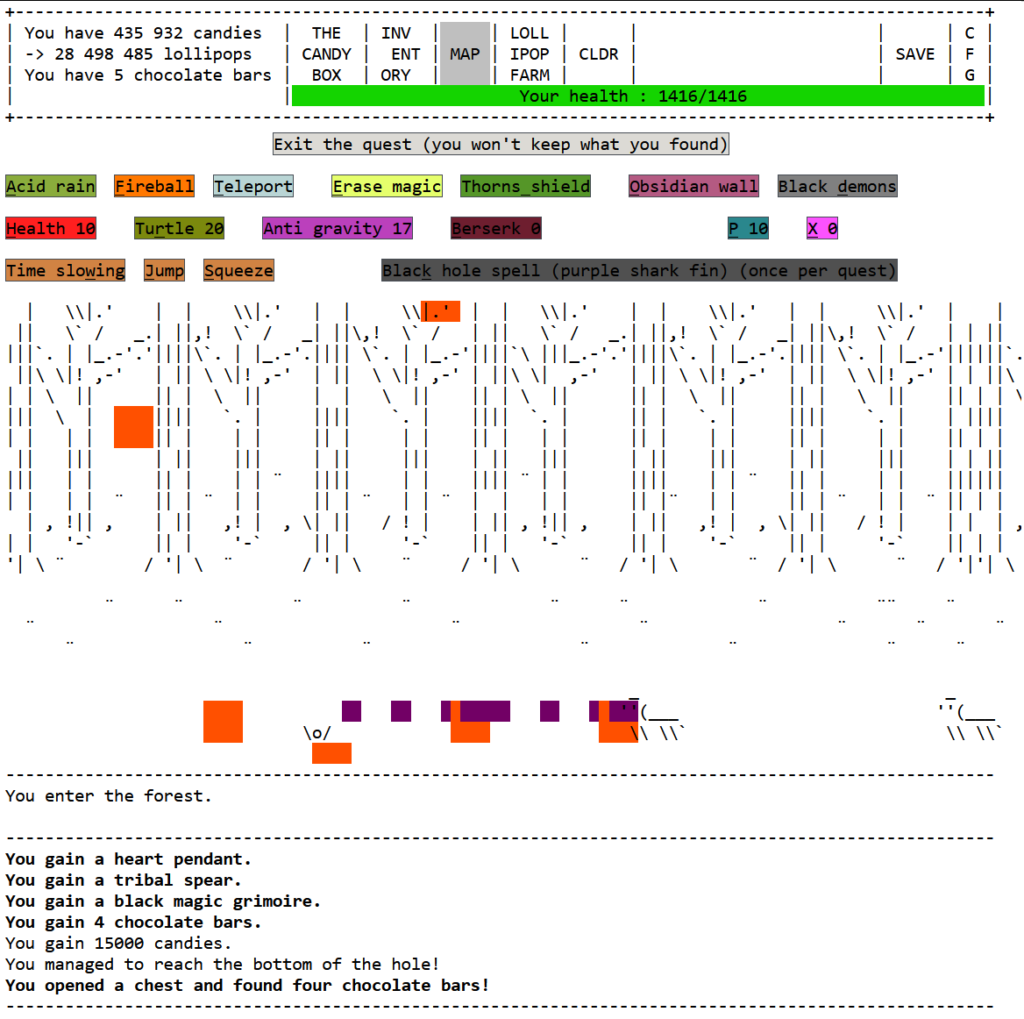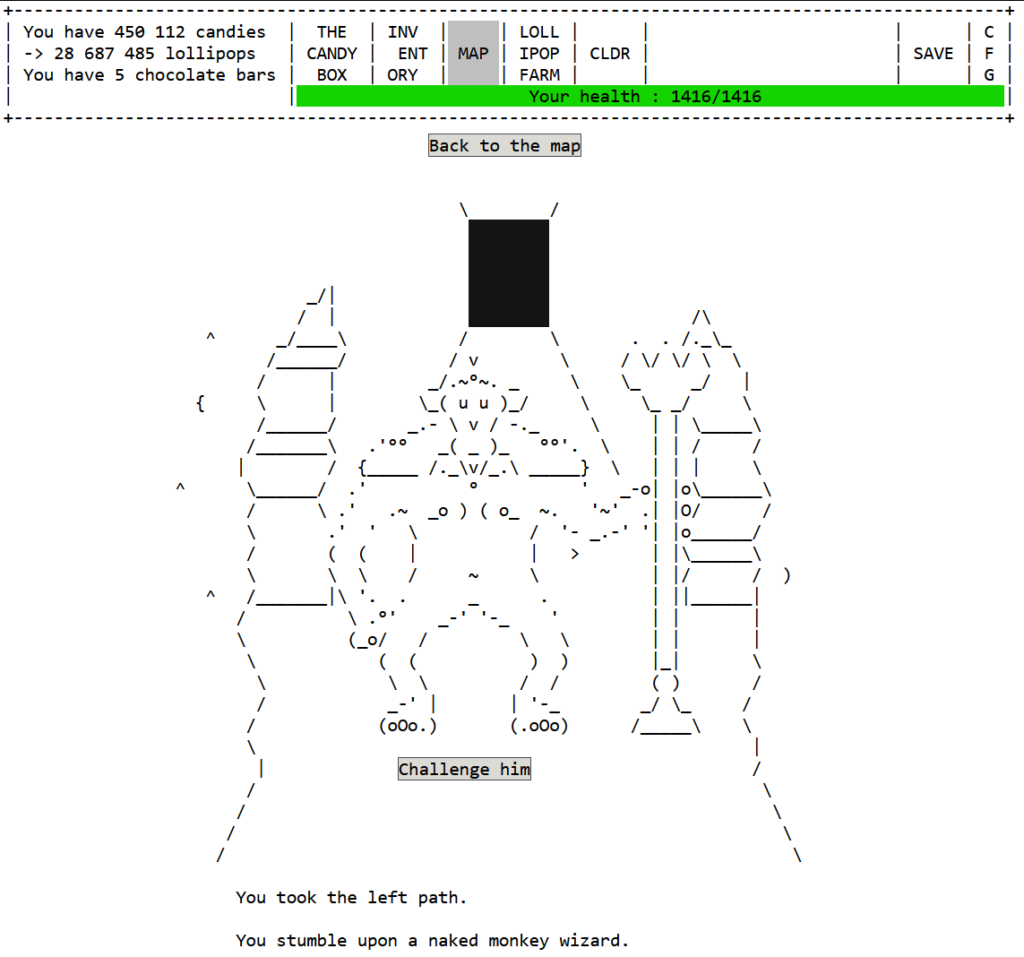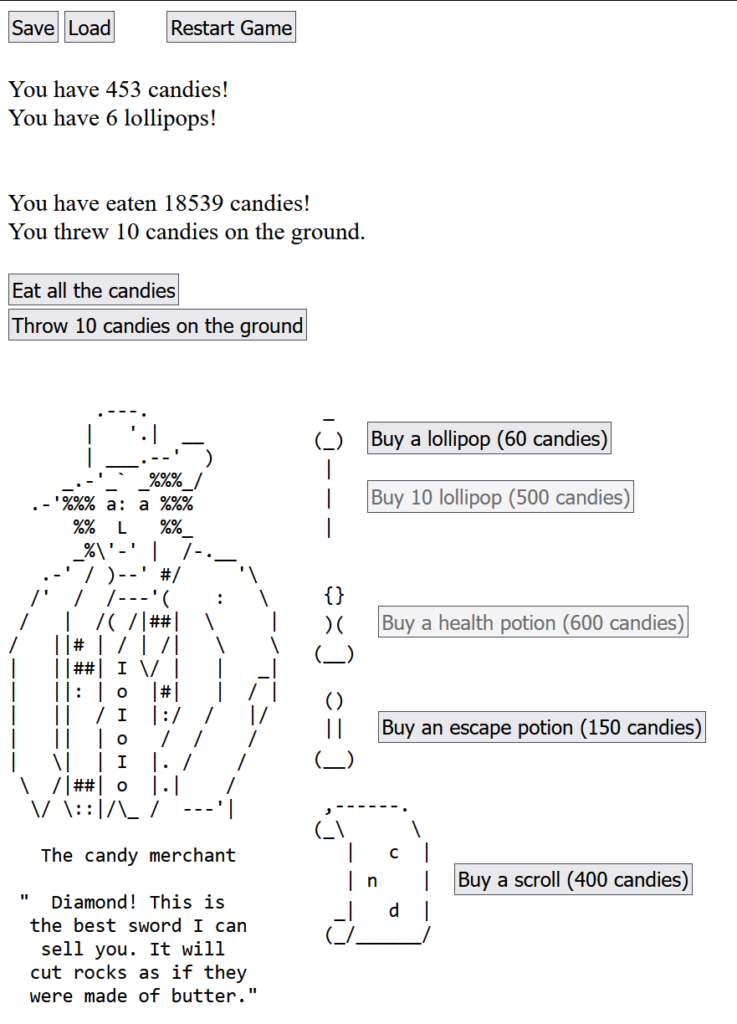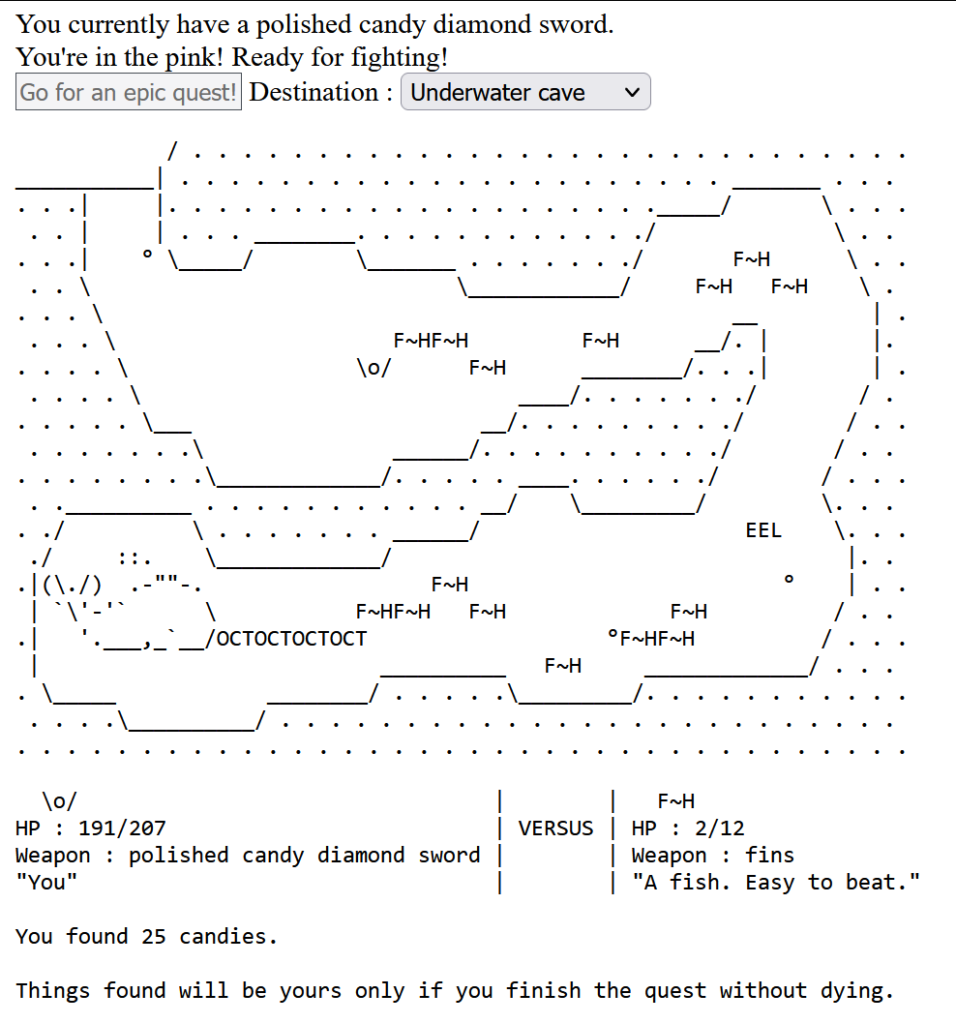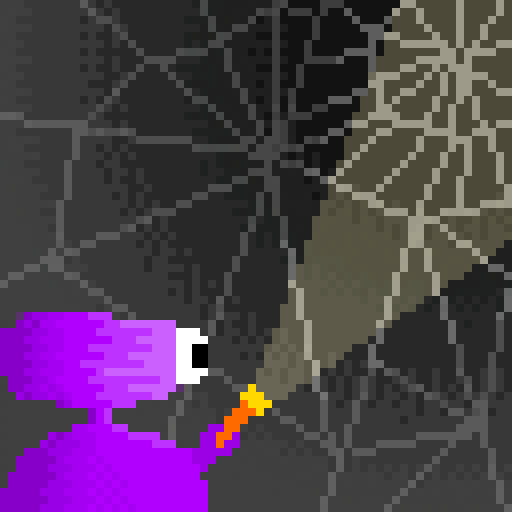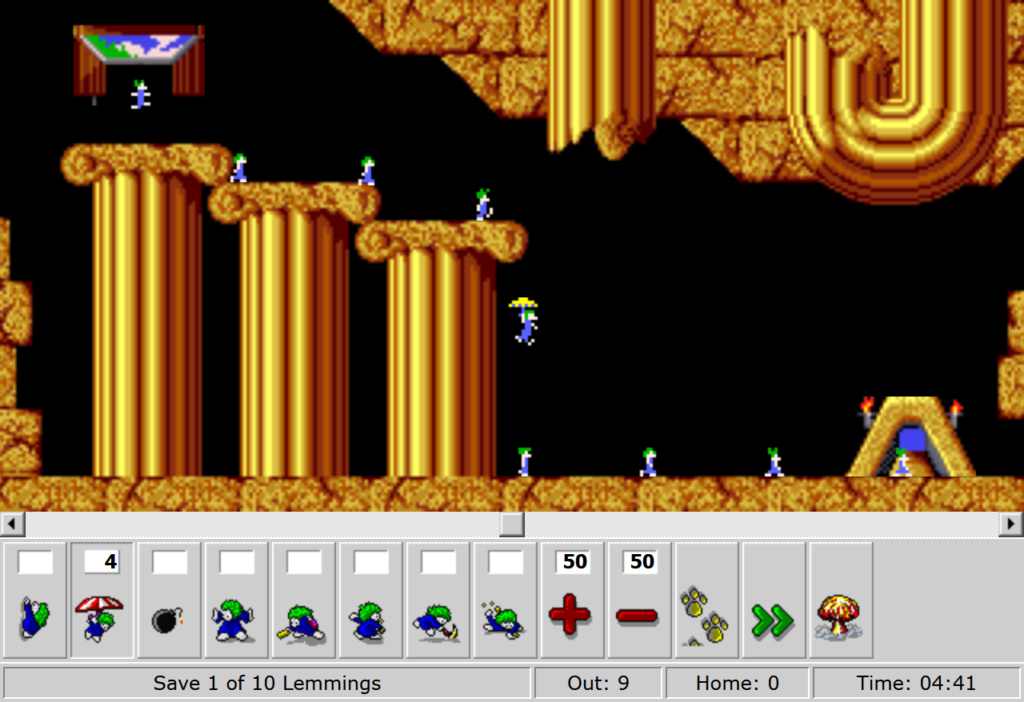I feel like I should adopt some standard way to inform people which items are links to other sites (with minor commentary attached) and which are significant longform items of our own creation.
Suffice to say this is the former category. I didn’t write this history of Kid Pix: Craig Hickman wrote it, back around 2013. And he also created the original version of that program too. And it was terrific. Here is the link.
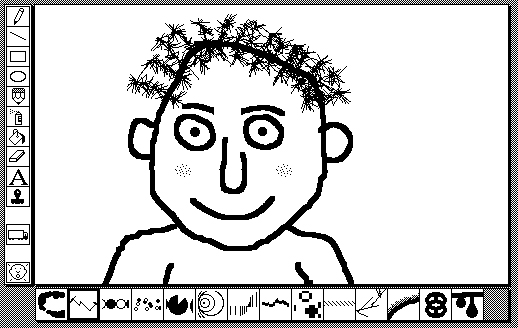
What was Kid Pix? It was a paint program for early Macintosh models that was very well-received, and is very fondly remembered. It had a powerful UI but was still, neverthless, aimed at kids. Think of it as a more fun version of MacPaint. I refuse to stay in my lane regarding entertaining uses of computers, but perhaps of more interest to what I’d think are our usual readers, it had a similar concept to the art module of Mario Paint, but came out at least a couple of years earlier.
I especially like how he described the original Macintosh UI as having “a consistent and enlightened vision behind it,” which I’m not sure can be said of Macs today, or really of the products of any major software company. That’s just my opinion, mind you.
Did you know there is a Javascript re-implementation of an older version of Kid Pix? Here!
Kid Pix – The Early Years (red-green-blue.com)

